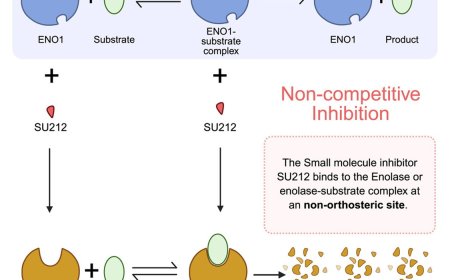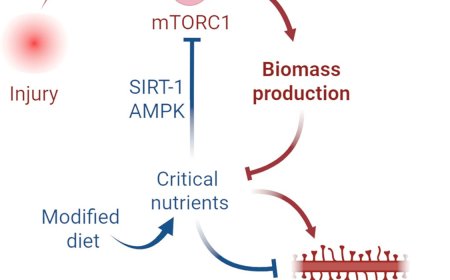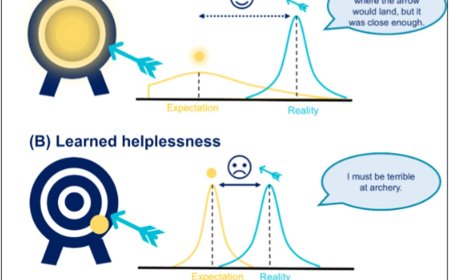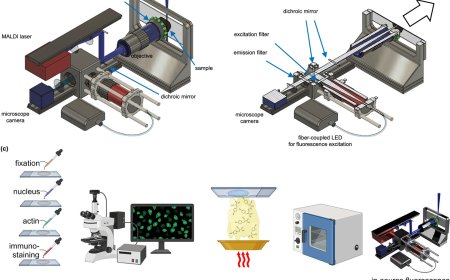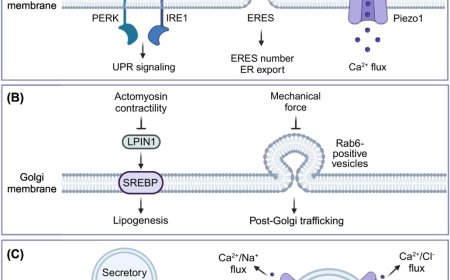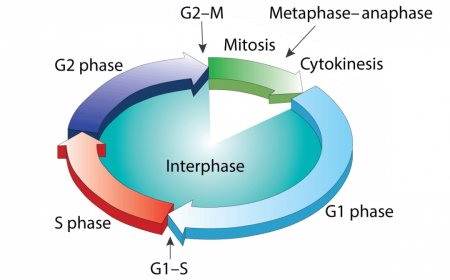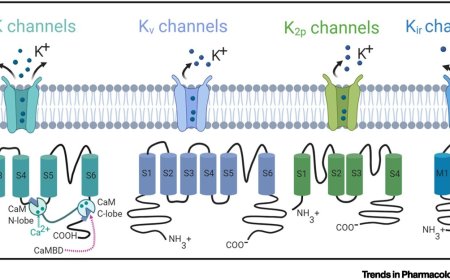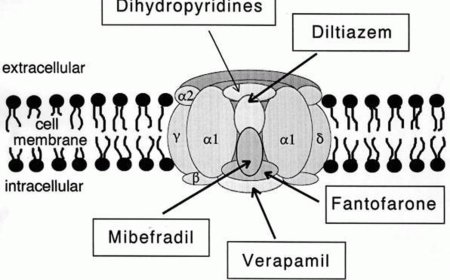Mechanisms suppressing noncoding translation
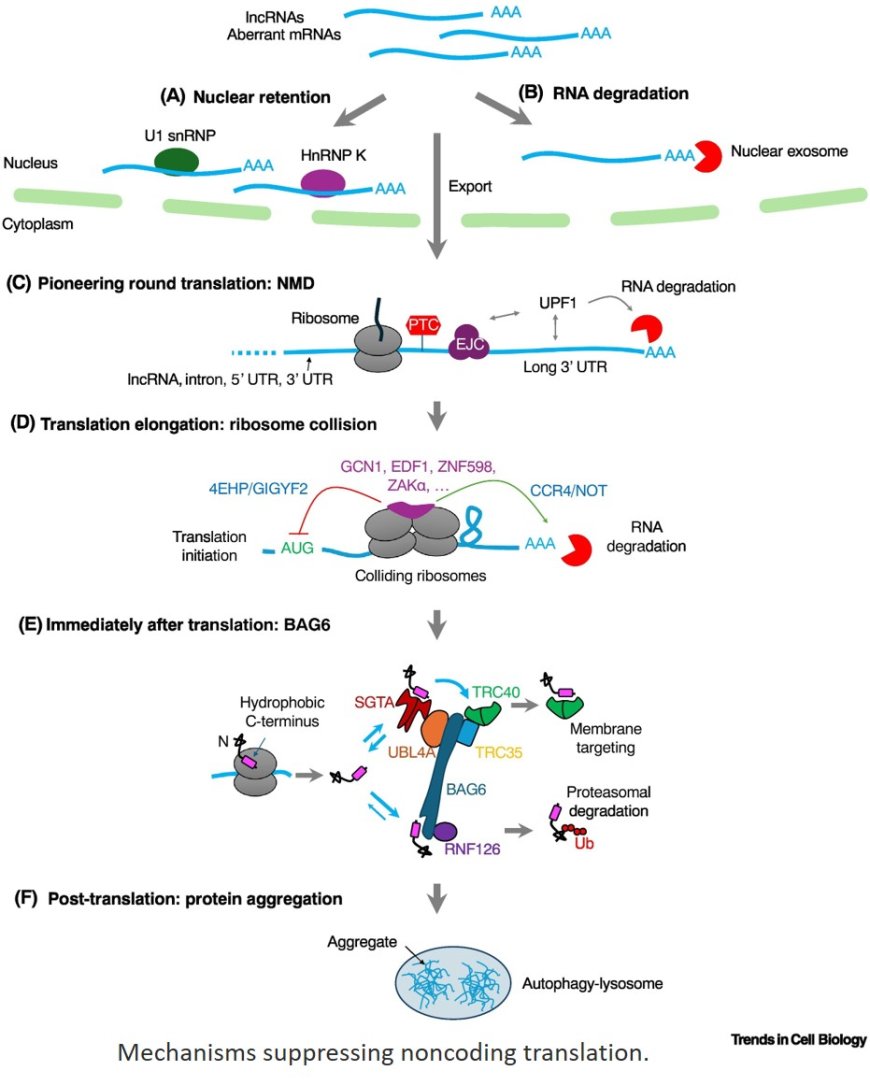
Translation is widespread in annotated noncoding sequences, including untranslated regions (UTRs), introns, and long noncoding RNAs (lncRNAs), especially in contexts such as cancer, aging, and neurodegeneration.
Unbiased genetic and biochemical screens both identified the BCL2-associated athanogene 6 (BAG6) pathway for mediation of the proteasomal degradation of diverse noncoding translation products.
BAG6 recognizes a hydrophobic C-terminal tail, a common feature of proteins translated from all types of noncoding sequences.
This results from the U-rich nature of the noncoding genome and the strong bias of U-rich codons for hydrophobic amino acids in the genetic code.
https://www.cell.com/trends/cell-biology/fulltext/S0962-8924(24)00190-9
https://sciencemission.com/Mechanisms-suppressing-noncoding-translation


